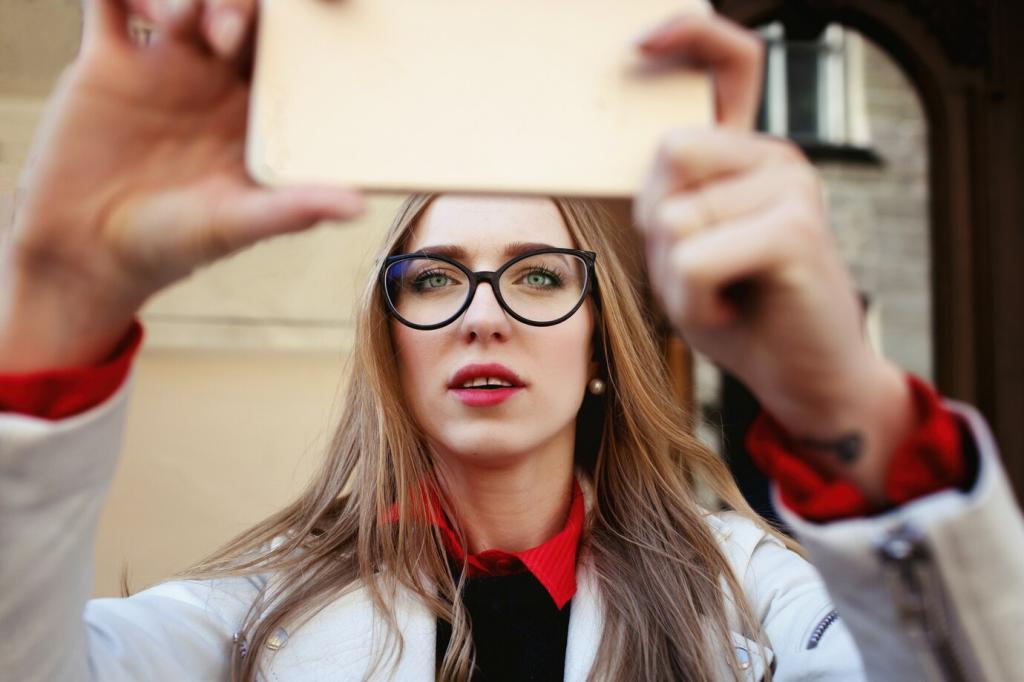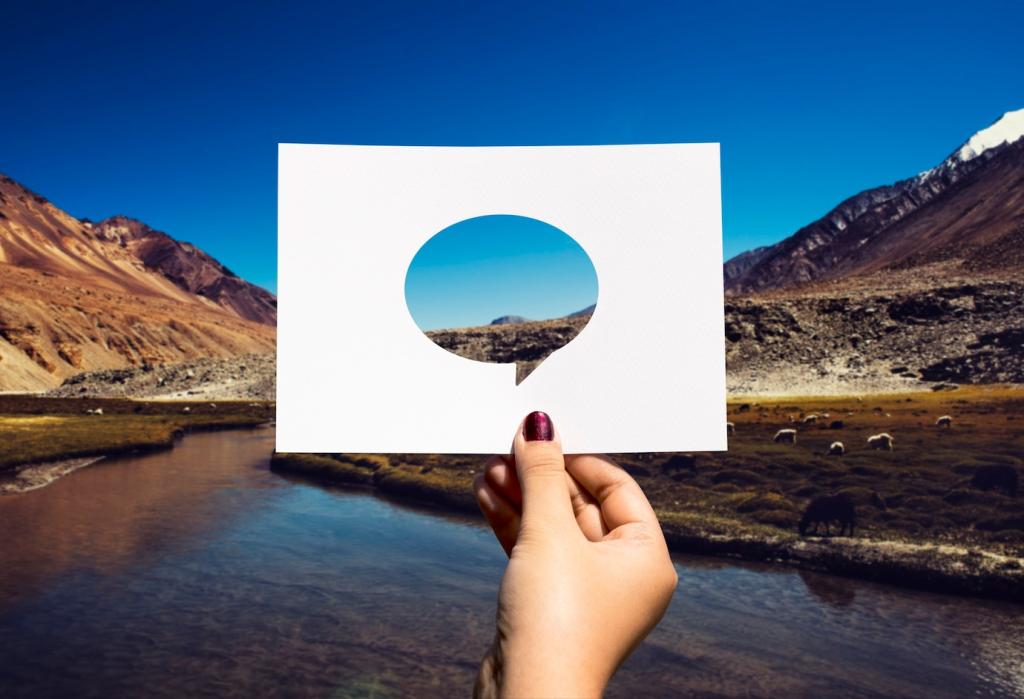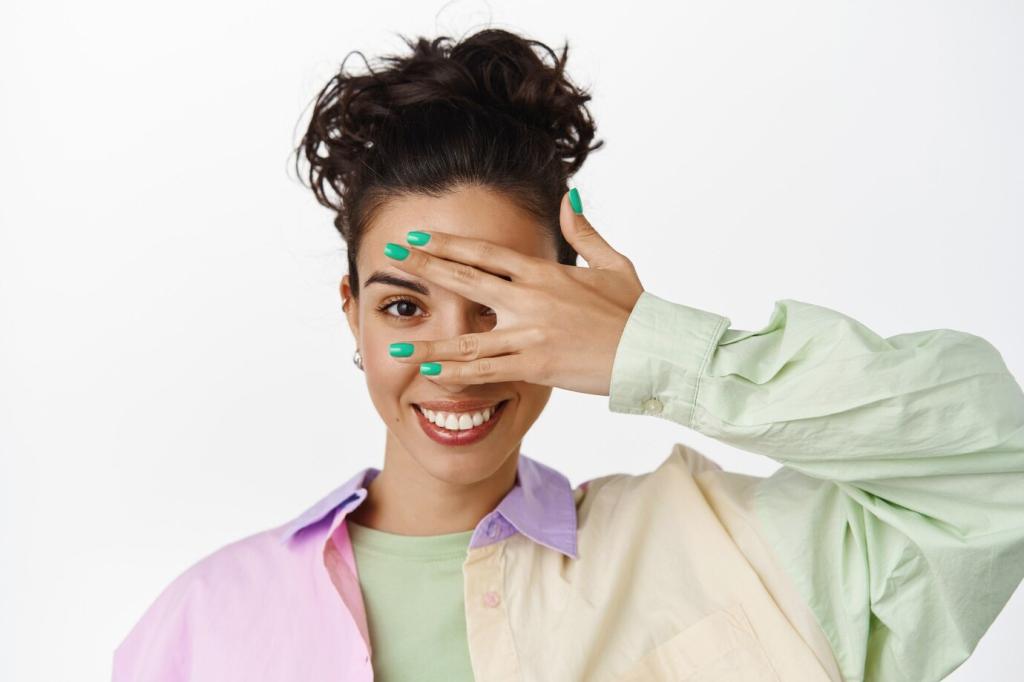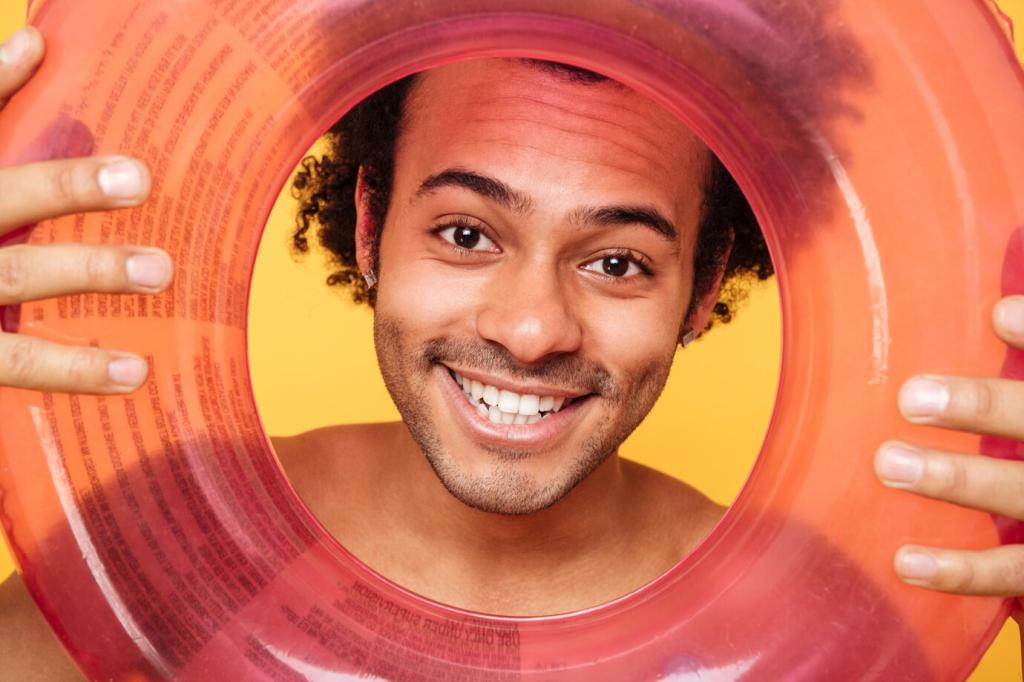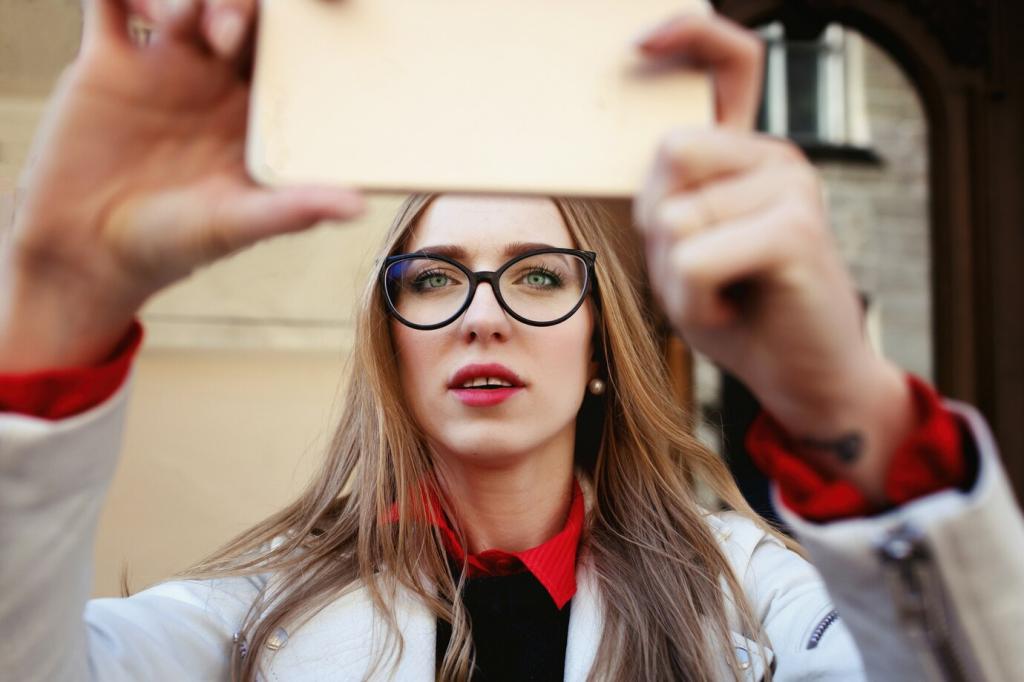From Runway to Room: How Trends Turn Into Palettes
Pantone’s Color of the Year is not just marketing; it reflects aggregated signals from culture, fashion, technology, and art. Designers use it as a directional cue, testing complementary and split-complementary combinations to create palettes that nod to zeitgeist without feeling derivative. What’s your take on this year’s selection?
From Runway to Room: How Trends Turn Into Palettes
Search and social analytics reveal which hues accelerate engagement: muted terracottas, calm sages, and joyful digital neons regularly peak. Designers correlate these spikes with project goals, balancing virality with longevity. Share your most saved color post or pin, and tell us why it resonated with your audience.

